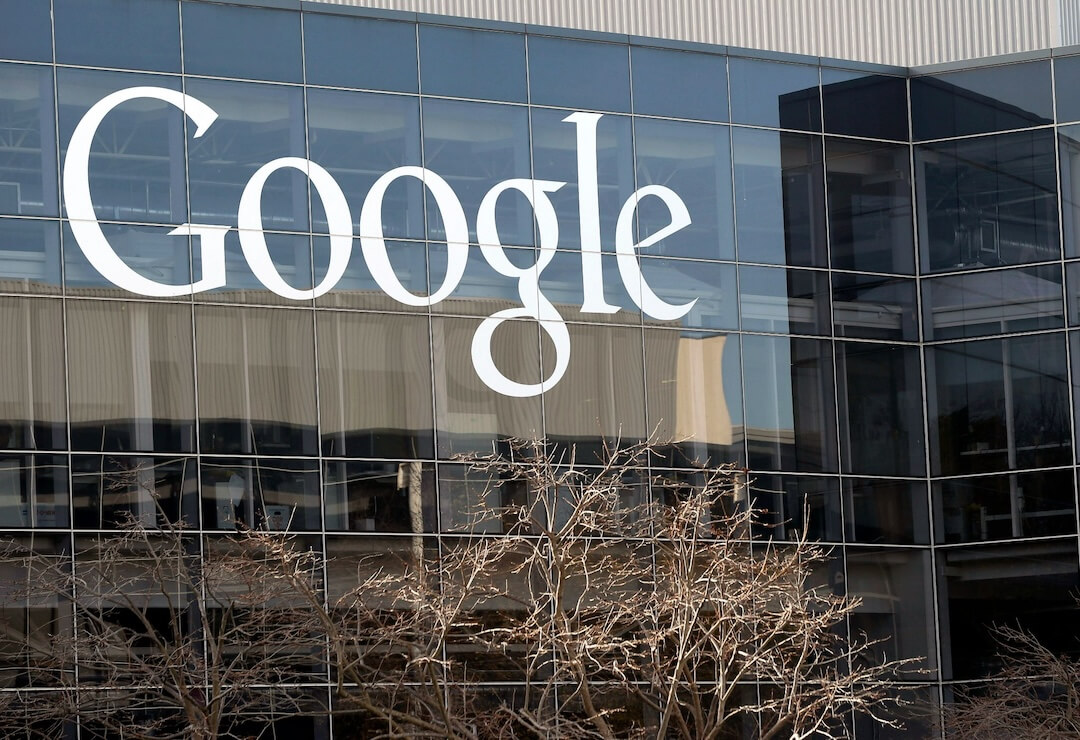This morning’s results show daily circulation off 10.6 percent and Sunday down 7.5 percent compared to the same period a year ago, and it gives me no pleasure to say I told you so.
- Readers continue to migrate from print to the Internet — sometimes to newspapers’ own sites, sometimes to aggregators.
- Papers, metros especially, are voluntarily trimming circulation to remote areas because they are more expensive to serve and less valuable to advertisers.
- So-called “start pressure,” the selling of new subscriptions to replace lost ones, has taken a hit from cost-cutting.
- Decisions at many papers to aggressively increase subscription and single copy prices has resulted in fewer copies being sold, though circulation revenue has increased.
- This period is the first to include the full impact of the recession, in which some consumers are dropping subscriptions and others buying the paper less frequently.
- Smaller news staffs and news space make the product weaker and less appealing.
Among the biggest losers in the top 25 papers are the San Francisco Chronicle (down 25.8 percent daily), The Boston Globe (down 18.5 percent daily) and The (Newark, N.J.) Star-Ledger (down 22.2 percent daily).
All three of these papers were on course to lose unacceptable amounts of money this year and made especially drastic cuts as a result. And even in better times, the Chronicle was notorious for weak household penetration over an enormous area, so pulling back to its geographic center and getting smaller was inevitable.






